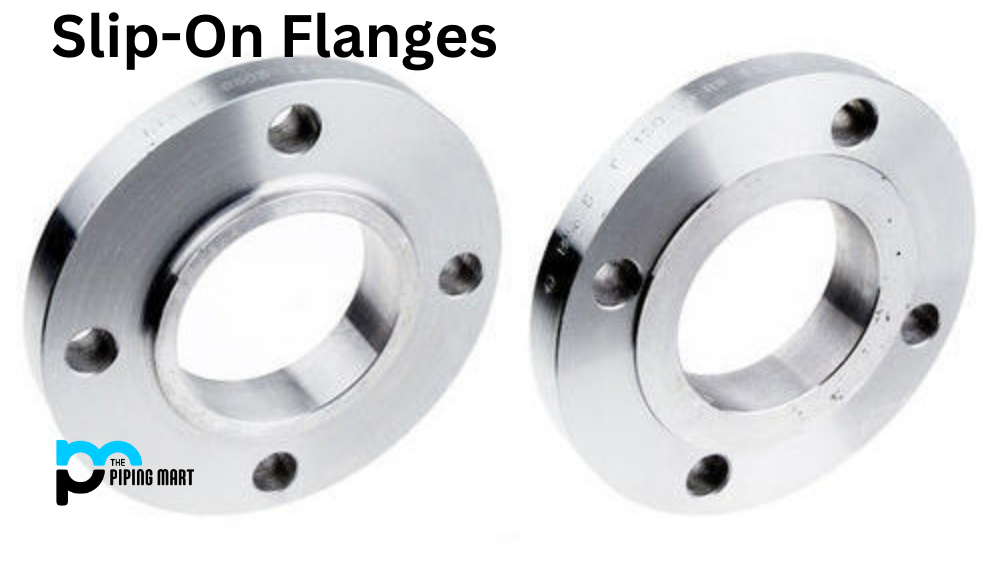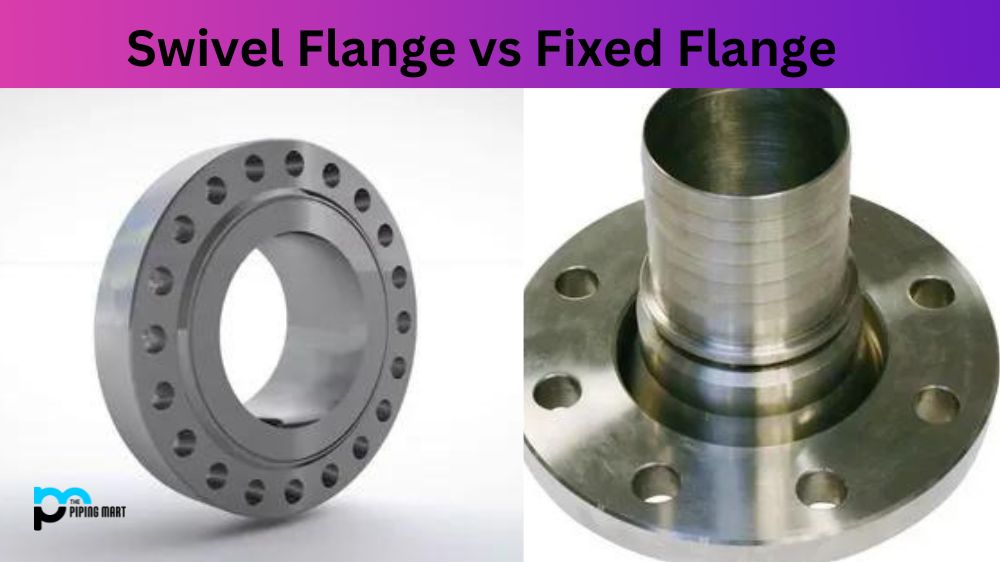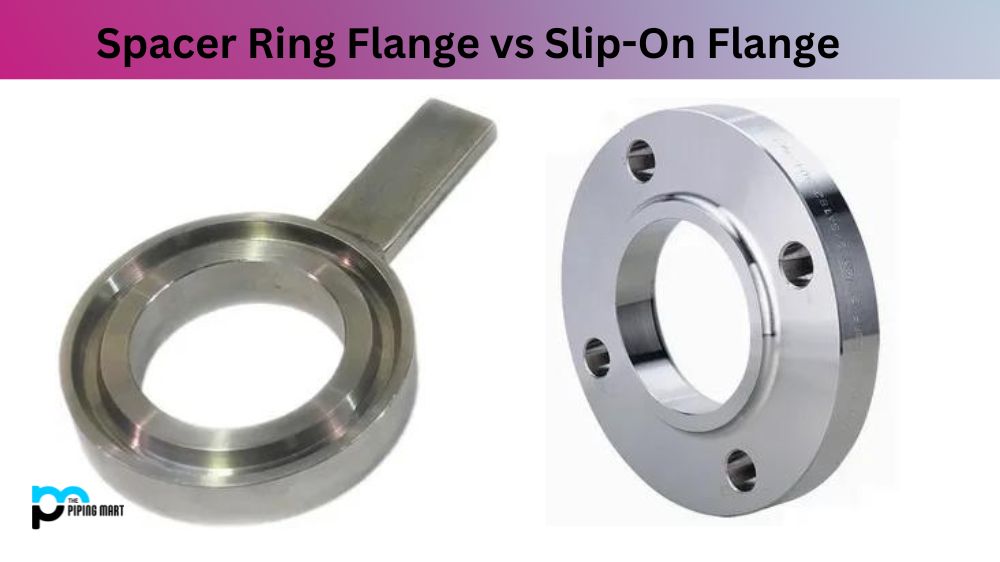Slip-on flanges are popular for joining pipes and valves in industrial piping systems. They are convenient and easy to install, but they have advantages and disadvantages like any other product. In this blog post, we’ll explore the pros and cons of slip-on flanges in piping systems to give you an in-depth understanding of their benefits and drawbacks.
What are Slip-on Flanges?
Slip-on flanges, or SO flanges, are among the most common flanges used in piping systems. These flanges have a special design that allows them to slip over the end of a pipe. This makes installation easier and faster, reducing downtime and increasing productivity.
One of the main advantages of using slip-on flanges is their ability to align themselves with pipes that may need to be perfectly aligned. This helps reduce stress on the system and prevents leaks.
Another great feature of these flanges is their versatility. They can be used for both low-pressure and high-pressure applications, making them suitable for various industries, including oil and gas, chemical, and water treatment plants.
In terms of durability, slip-on flanges are tough cookies! Made from high-quality materials such as carbon or stainless steel, they can withstand extreme temperatures and pressures without compromising performance.
The Pros and Cons of Slip-On Flanges in Piping Systems
Advantages of Slip-On Flanges:
Easy Installation
One of the notable advantages of slip-on flanges is their easy installation process. The slip-on flange is designed to slip over the end of the pipe and be welded in place. This is beneficial when working in tight spaces requiring quick and easy installation.
Low Cost
Compared to other types of flanges, slip-on flanges are relatively affordable. They are one of the most cost-effective options for connecting pipes, especially if you’re working with low-pressure piping systems.
Easy to Align:
Slip-on flanges are easy to align with the pipe, which makes them a favorite choice of many piping system contractors. The ease of alignment also gives them an advantage over other flanges.
Adequate Flexibility
Slip-on flanges are designed to have an adequate amount of flexibility. They are particularly useful when the piping system experiences thermal expansion or contraction that can cause stress in the pipeline or other components.
Disadvantages of Slip-On Flanges
Not Suitable for High-Pressure Applications:
One of the biggest disadvantages of slip-on flanges is that they are unsuitable for high-pressure applications. Slip-on flanges are prone to leakage under high pressure, which can be a significant problem in some industries.
Requires More Space:
Slip-on flanges require some extra space to fit in. This means there may be better options for piping systems with limited space.
Limited Application
Slip-on flanges may not be suitable for certain applications. They cannot be used in high-pressure piping systems or systems that carry hazardous fluids or chemicals. They may also need to be more appropriate in applications that require high-temperature piping systems.
There is a Higher Risk of Leaks.
Unlike other flanges, slip-on flanges have a higher risk of leaks. The flange can easily slip off the pipe if not welded properly, or the joint can be too weak to handle the pressure in the piping system.
Requires Frequent Maintenance
Slip-on flanges require more frequent maintenance compared to other flange types. They need to be checked and tightened periodically to ensure that they are securely fastened and prevent leaks or damage to the pipeline.
Conclusion:
Slip-on flanges have their advantages and disadvantages. They are easy to install, cost-effective, and provide adequate flexibility to the piping system. On the other hand, they have some limitations and require frequent maintenance. Always consult with a professional when choosing flanges for your piping system. They will help you determine the best flange type that fits your system requirements and prevent costly repairs or replacements in the long run.
Sakshee is a talented blogger, with a particular focus on the Business and Metal Industry. She is passionate about sharing her insights on various metal products and helping professionals to make a better decisions.




